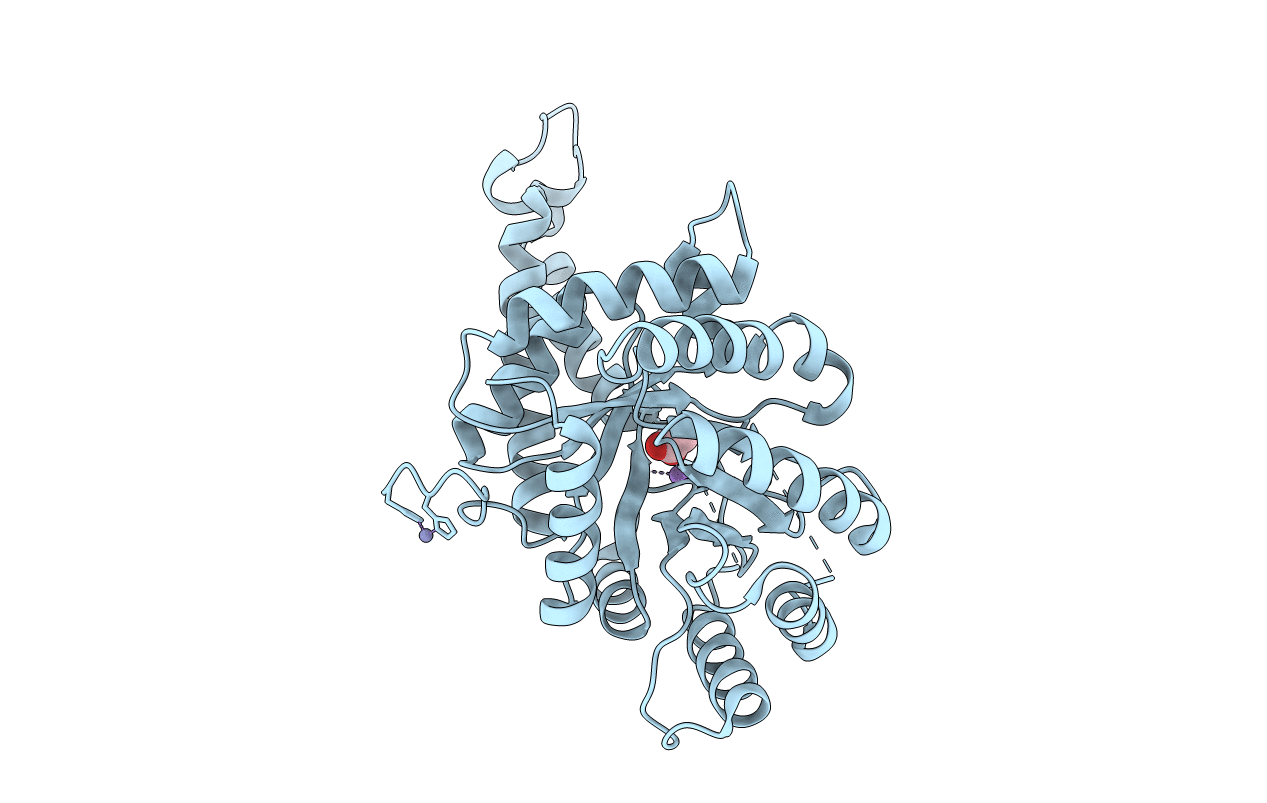
Deposition Date
2012-01-20
Release Date
2013-01-23
Last Version Date
2023-09-13
Entry Detail
PDB ID:
4DEF
Keywords:
Title:
Active site loop dynamics of a class IIa fructose 1,6-bisphosphate aldolase from M. tuberculosis
Biological Source:
Source Organism:
Mycobacterium tuberculosis (Taxon ID: 1773)
Host Organism:
Method Details:
Experimental Method:
Resolution:
1.64 Å
R-Value Free:
0.19
R-Value Work:
0.18
R-Value Observed:
0.18
Space Group:
I 2 2 2


